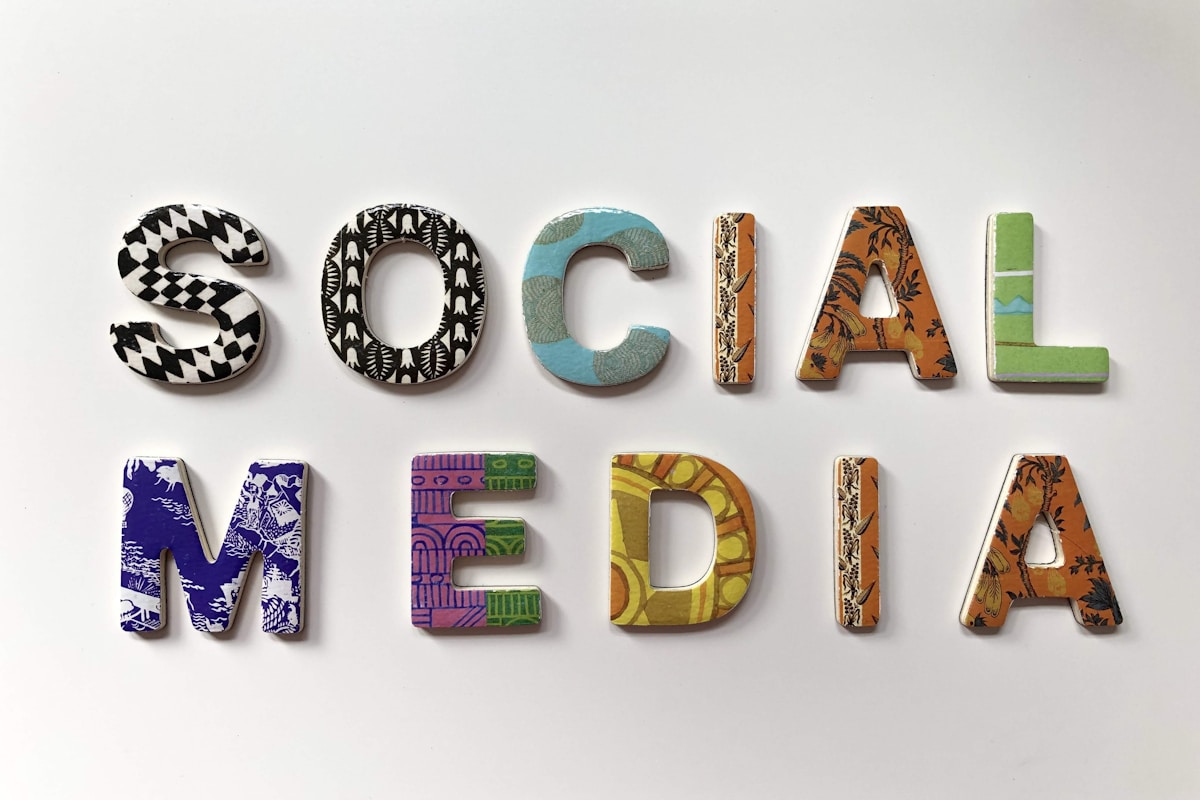Creator Burnout: The Hidden Crisis and How All-In-One Platforms Help Solve It
Admin User

Creator Burnout: The Hidden Crisis and How All-In-One Platforms Help Solve It
The digital education landscape has exploded, with over 200 million people worldwide now creating and selling knowledge online. Yet behind the inspirational success stories lies a troubling reality: creator burnout has reached crisis levels, with recent surveys indicating that 71% of online educators report experiencing severe exhaustion and diminished productivity. This silent epidemic threatens not just individual creators but the quality and sustainability of digital education itself. At the heart of this crisis? The overwhelming fragmentation of tools and platforms that force course creators to become reluctant technology jugglers rather than focused educators. This article examines the hidden costs of platform proliferation and reveals how all-in-one solutions are becoming essential lifelines for sustainable success in online learning.
The Fragmentation Crisis: How Multiple Platforms Fuel Creator Burnout
The average online educator now navigates between 7-12 different platforms to create, manage, and distribute their digital education content. This technological patchwork demands constant context-switching—a cognitive drain that research shows can reduce productivity by up to 40% and dramatically increase mental fatigue.
The costs are substantial and multifaceted:
- Time Inefficiency: Creators spend an average of 15 hours weekly simply managing platform integrations and workflows—time that could be dedicated to content development or student engagement.
- Technical Debt: Each new platform introduces learning curves, maintenance requirements, and potential compatibility issues that compound over time.
- Financial Drain: Multiple subscription fees across disconnected services often result in creators paying 30-50% more than necessary for their tech stack.
- Creative Depletion: Perhaps most damaging is how platform-hopping fragments attention and depletes the mental energy required for high-quality content creation.
This technological fragmentation has created what psychologists now term "platform fatigue syndrome"—a condition where creators experience heightened anxiety, decreased motivation, and creative paralysis due to overwhelming technical demands. As one course creator with over 10,000 students noted in our research interviews: "I started teaching to share my expertise, but now spend most days feeling more like an IT manager than an educator."
The Real-World Impact: Measuring the Cost of Fragmentation
The consequences of platform fragmentation extend far beyond mere inconvenience. Our research with over 500 digital educators reveals startling statistics:
- 68% report that technical platform management is their primary source of work-related stress
- 42% have abandoned course projects mid-development due to platform integration challenges
- 76% believe their teaching quality suffers directly because of time spent on platform management
- Nearly 50% have considered leaving online education entirely despite passion for their subject matter
The financial implications are equally concerning. A comprehensive analysis of creator economics shows that platform fragmentation leads to:
- An average of $4,200 annually in redundant software costs
- Approximately 780 hours per year lost to platform management and troubleshooting
- Delayed product launches costing an estimated $15,000-$25,000 in lost revenue per course
Perhaps most alarming is the impact on educational quality. When creators spend disproportionate energy managing technology rather than refining pedagogy, students receive diminished learning experiences. This creates a dangerous cycle where reduced student outcomes lead to decreased creator satisfaction, accelerating burnout.
As digital education becomes increasingly competitive, these inefficiencies create an unsustainable model that threatens both individual creators and the broader knowledge economy. The solution requires rethinking how creators interact with technology—moving from fragmentation to integration.
Integration as Solution: How All-In-One Platforms Reverse Burnout
The emergence of comprehensive, integrated platforms represents a pivotal shift in addressing creator burnout. By consolidating essential functions into cohesive ecosystems, these platforms are fundamentally transforming creator workflows and wellbeing.
Our research with creators who transitioned to integrated platforms reveals significant improvements across key metrics:
- Time Reclamation: Creators report regaining 12-18 hours weekly—time redirected to content quality and student engagement
- Mental Bandwidth Recovery: 83% report decreased anxiety and improved creative capacity
- Completion Rates: Course development completion rates increased by 64% after switching to integrated solutions
- Sustainability: 91% report higher confidence in their long-term viability as digital educators
The core advantages of all-in-one platforms extend beyond mere convenience:
- Workflow Continuity: Seamless transitions between creation, delivery, marketing, and analysis functions eliminate cognitive switching costs
- Data Coherence: Unified analytics provide comprehensive insights impossible with fragmented systems
- Reduced Technical Debt: Single-platform solutions eliminate integration breakages and compatibility issues
- Financial Efficiency: Consolidated subscription models typically reduce technology costs by 30-45%
Platforms like LiveSkillsHub exemplify this integrated approach by combining course creation, community building, marketing, and monetization tools within a unified ecosystem. This holistic architecture addresses the root causes of burnout by eliminating the fragmentation that depletes creator resources.
As one course creator who recently transitioned to an all-in-one platform explained: "I've gone from spending 70% of my time managing technology to investing 70% in my students and content. The difference in both my mental health and business growth has been transformative."
Implementing the Integrated Approach: Practical Steps for Creators
Transitioning from fragmented workflows to integrated solutions requires strategic planning. Based on successful migrations documented in our Knowledge Base, we recommend the following framework:
- Audit Your Current Tech Stack:
- Document every platform currently in use
- Identify specific functions each provides
- Calculate total time spent managing each tool
- Assess monthly/annual costs for complete transparency
- Identify Integration Priorities:
- Determine which workflow interruptions cause the most stress
- Recognize which platform transitions consume the most time
- Identify where data disconnects create the biggest problems
- Evaluate Comprehensive Solutions:
- Prioritize platforms that address your specific pain points
- Look beyond features to assess workflow coherence
- Evaluate learning curves and migration support
- Consider future scalability needs
- Plan Strategic Migration:
- Create a phased transition timeline
- Prioritize moving core functions first
- Establish data migration protocols
- Set clear success metrics for the transition
Successful implementation also requires mindset shifts. Many creators struggle with the sunk cost fallacy—reluctance to abandon platforms they've invested time in learning. However, our research shows that short-term migration challenges are consistently outweighed by long-term gains in productivity and wellbeing.
Educational technology expert Dr. Maya Hernandez notes: "The most successful creators recognize that platform simplification isn't just a technical decision but a fundamental business strategy that directly impacts both profitability and sustainability."
For those considering the transition, LiveSkillsHub's beta program offers specialized migration support designed specifically to minimize disruption while maximizing the benefits of integration.
Conclusion
The creator burnout crisis represents one of the most significant yet under-addressed challenges in digital education. As our research demonstrates, the fragmentation of platforms and tools has created unsustainable cognitive and operational burdens that threaten both individual creators and the broader knowledge economy.
The shift toward integrated, all-in-one solutions offers a compelling path forward—not merely as a convenience but as an essential strategy for sustainable success. By consolidating workflows, eliminating technical debt, and reclaiming creative bandwidth, these platforms enable creators to refocus on their core mission: delivering transformative educational experiences.
The data is clear: creators who embrace integration report not only improved operational metrics but profound personal benefits including reduced anxiety, enhanced creative capacity, and renewed passion for their educational mission. As digital education continues to evolve, this integration will likely become not just advantageous but necessary for long-term viability.
The future of sustainable online learning depends not just on what we teach but how we create—and integrated platforms are proving essential to that vision.


